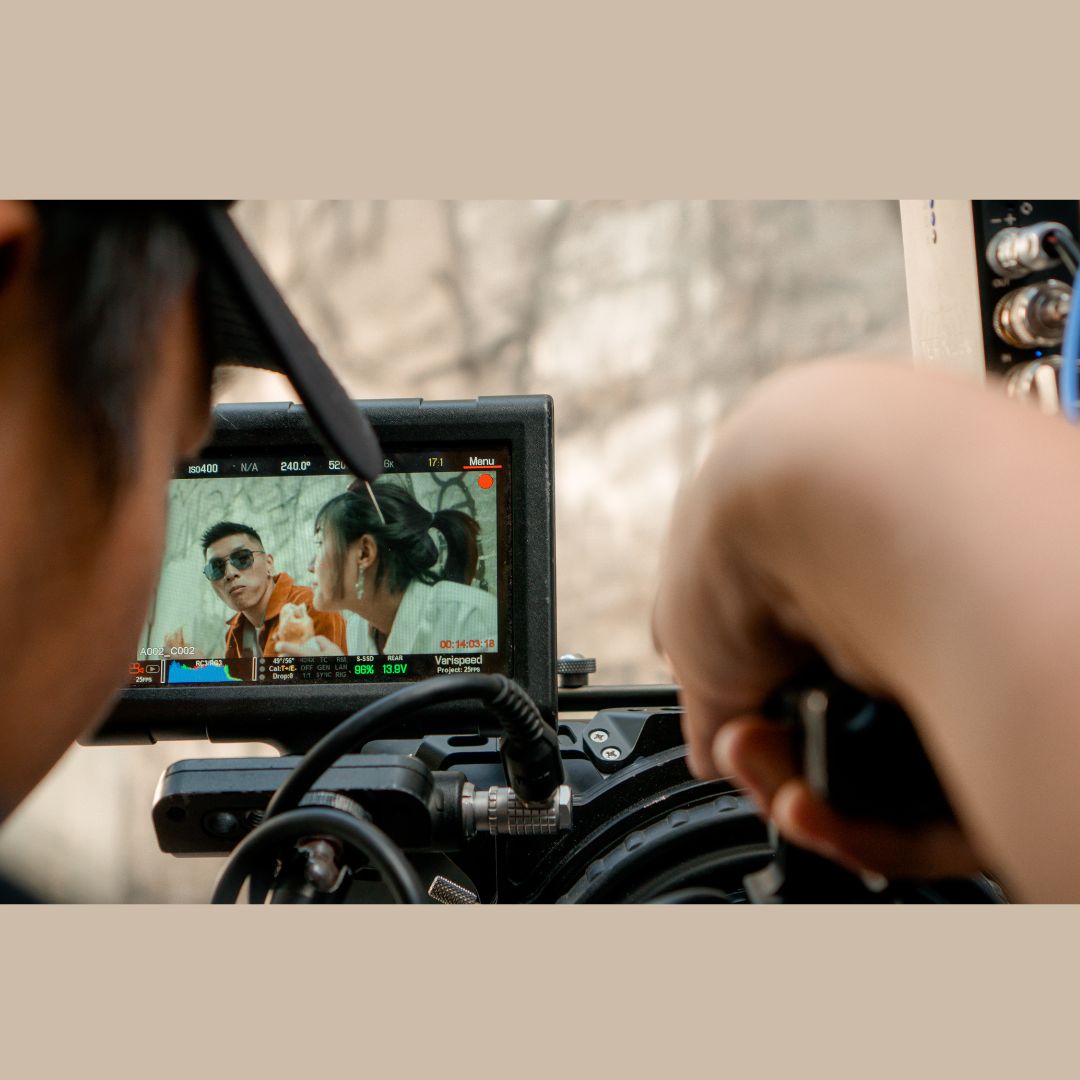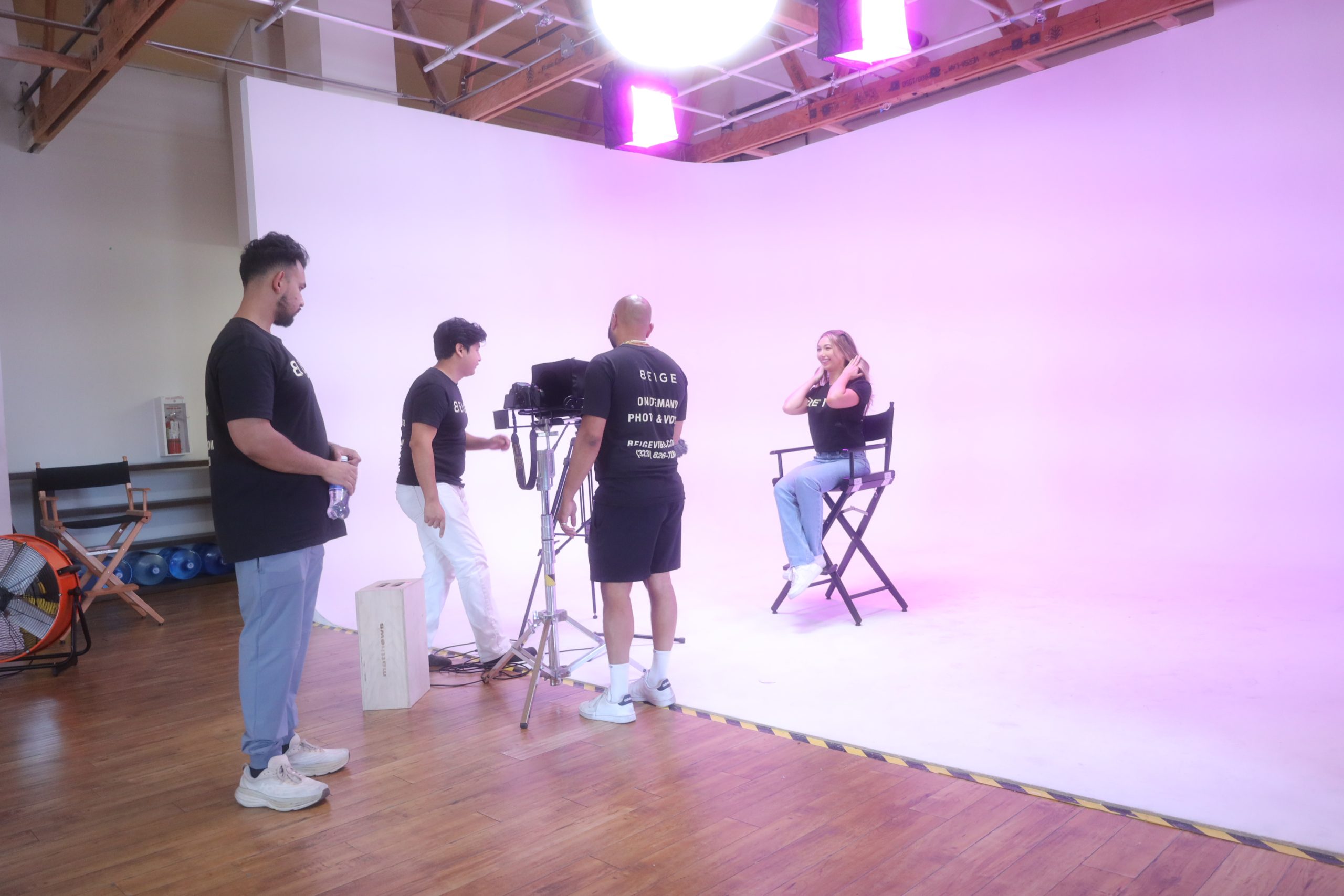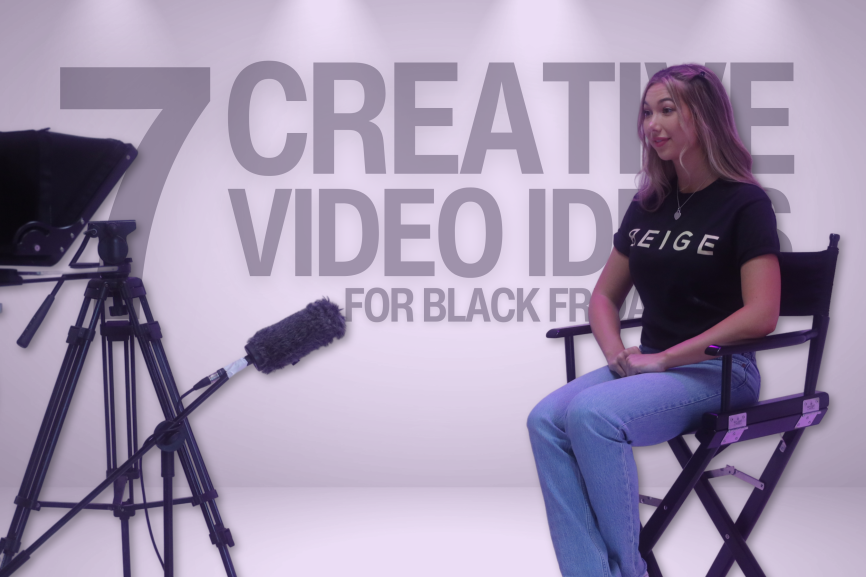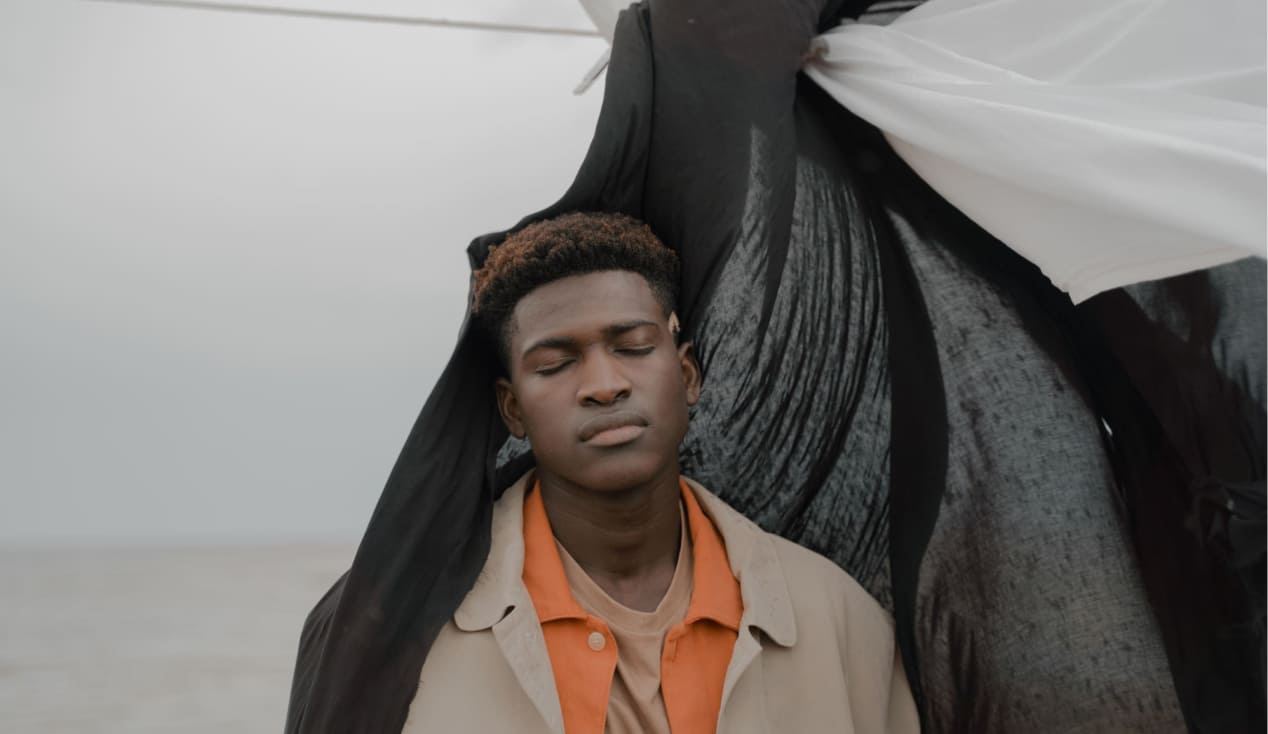No products in the cart.
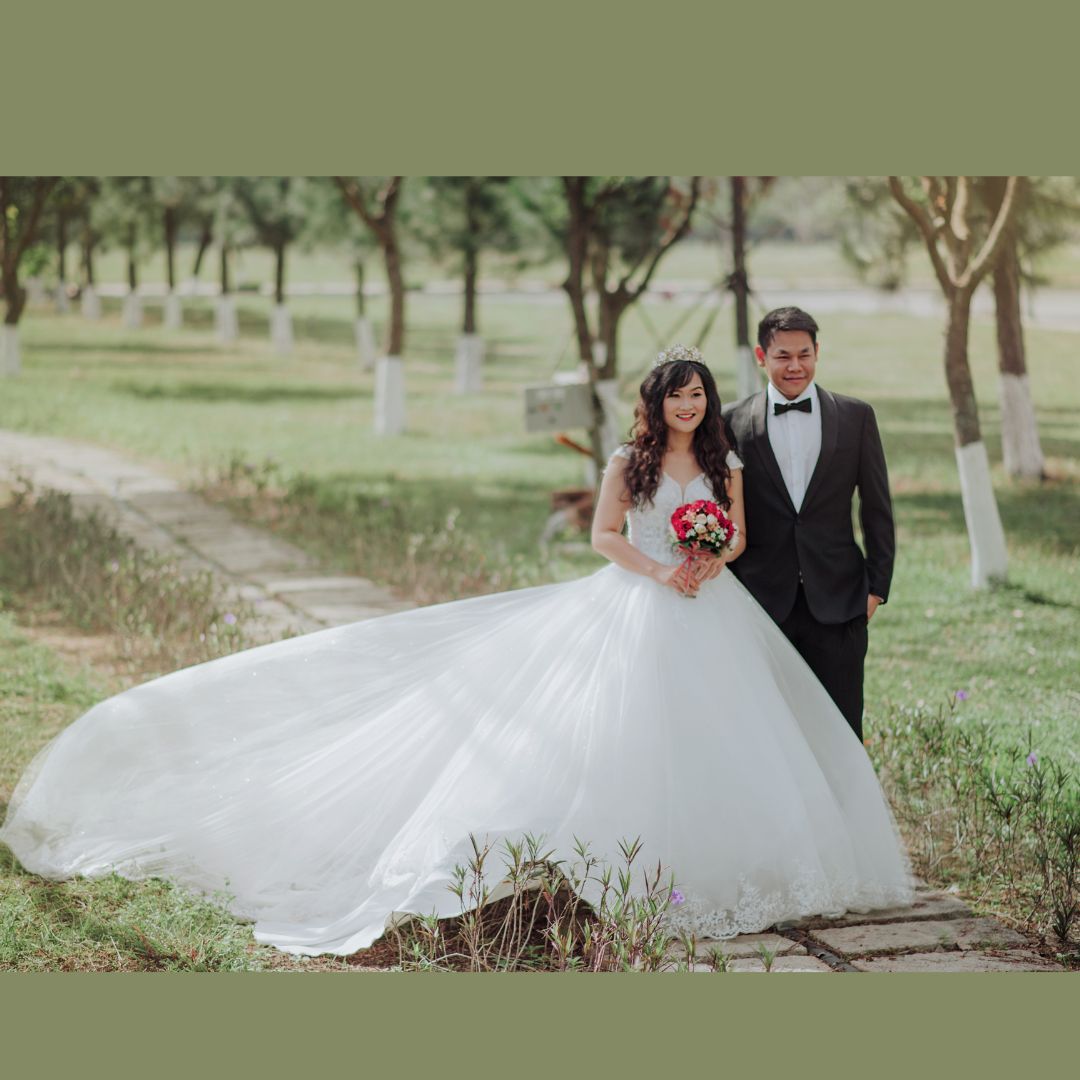
Engagement Photo Session Tips: A Comprehensive Guide
Introduction: Everyone dreams of receiving a romantic proposal from their significant other. It resembles a childhood fantasy coming to pass. It really is a
Commercial photography is a broad field that extends beyond just advertising fashion. It encompasses various genres and applications that cater to the needs of businesses across different industries. In this article, we will explore the diverse roles and benefits of commercial photography beyond its association with fashion.
At its core, commercial photography involves creating visual content that is used to promote and sell products, services, or ideas. It is a collaborative process where photographers work closely with clients and agencies to capture images that effectively communicate the desired message.
While commercial photography plays a significant role in the fashion industry, it goes beyond promoting fashion brands. Commercial photography also finds applications in other sectors such as e-commerce, food advertising, real estate, interior design, and corporate events. By capturing compelling and visually appealing images, commercial photography helps businesses attract and engage their target audience, ultimately boosting their success.
For fashion brands, commercial photography serves as a powerful tool to showcase their latest collections, highlight unique features and designs, and create a distinct brand identity. It plays a crucial role in promoting fashion brands by capturing the essence of their products, evoking emotions, and telling captivating visual stories. Various styles and types of fashion photography, such as editorial shoots, lookbooks, and campaign imagery, are employed for commercial purposes.
Beyond fashion, commercial photography has wide-ranging applications. Product photography is essential for e-commerce platforms, enabling businesses to present their products in a visually appealing and enticing manner. Food photography plays a crucial role in advertising and marketing for restaurants and food-related businesses. Architectural photography showcases buildings and structures, helping real estate professionals market properties effectively. Interior design photography captures the ambiance and aesthetics of interior spaces, while corporate event photography documents important occasions for businesses.
The benefits of commercial photography for businesses are numerous. It allows for visual storytelling and branding, helping businesses establish a strong visual identity and connect with their target audience. High-quality and professional images contribute to increased sales and conversions by attracting customers and creating a positive impression. Commercial photography enables businesses to create engaging and eye-catching content for their marketing campaigns, websites, social media platforms, and advertisements.
To excel in commercial photography, professionals need to possess a range of skills and expertise. They should have a strong understanding of lighting, composition, and storytelling through visuals. Collaborating with clients and agencies is crucial for meeting their specific requirements and delivering the desired results.
In the following sections, we will delve deeper into the role and impact of commercial photography in different industries, exploring its applications in detail and the various benefits it brings to businesses.
Commercial photography is a broad field that encompasses various genres and applications. What is Commercial Photography? It involves capturing images for commercial purposes such as advertising, marketing, and promotion. Commercial photographers are hired to create visuals that promote products, services, or brands. They work closely with clients to understand their needs and goals, and then use their technical and artistic skills to create captivating images that effectively convey the desired message. Commercial photography is not limited to just fashion advertising; it can also include product photography, food photography, architectural photography, and more. It plays a vital role in capturing the attention of consumers and influencing their purchasing decisions.
Commercial photography plays a vital role in the fashion industry, going beyond mere advertising. It assumes the important task of capturing and showcasing the essence of fashion brands, their products, and their distinctive style. In collaboration with designers, stylists, and models, commercial photographers create visually stunning images that not only evoke emotions but also narrate a captivating story. These captivating images find application in various mediums such as print ads, online campaigns, and social media platforms, serving as effective promotional tools for fashion brands and their collections. Additionally, the utilization of commercial photography aids in establishing a brand’s identity and reputation, attracting customers, and ultimately boosting sales in the highly competitive fashion industry.
Commercial photography plays a crucial role in promoting fashion brands by capturing visually appealing images that showcase their products and convey their brand identity. How Does Commercial Photography Promote Fashion Brands? Commercial photographers use various techniques such as lighting, composition, and styling to create images that highlight the clothing, accessories, and overall aesthetic of the brand. These images are then used for advertising campaigns, social media, websites, and other promotional materials. How Does Commercial Photography Promote Fashion Brands? By creating captivating visuals, commercial photography helps to attract the attention of potential customers, generate brand awareness, and ultimately drive sales for fashion brands. Pro Tip: When hiring a commercial photographer, ensure they have experience and a portfolio that aligns with your brand’s style and vision.
Fashion photography plays a crucial role in promoting fashion brands and products. When it comes to commercial purposes, various types of fashion photography are used to showcase clothing and accessories in the best possible way. Here, I will discuss some common types of fashion photography that are often employed for commercial purposes:
Now, let me share a true story: Once, a fashion brand hired a highly talented fashion photographer to shoot their latest collection. The photographer utilized a combination of editorial and campaign photography styles to create captivating images that greatly appealed to the brand’s target audience. These photographs were published in renowned fashion magazines and also used in social media advertisements. As a result, the brand experienced a significant increase in brand recognition and witnessed a remarkable boost in sales.
Therefore, it is evident that different types of fashion photography play a crucial role in promoting fashion brands, reaching the target audience effectively, and driving commercial success.
Looking beyond fashion advertising, the world of commercial photography offers a plethora of other applications waiting to be explored. In this section, we will dive into various avenues where commercial photography showcases its versatility. From capturing enticing product shots for thriving e-commerce platforms to tantalizing images that make your taste buds tingle in food advertising. We’ll also uncover the beauty of architectural photography in the real estate industry, the artistry behind interior design photography, and the importance of corporate event photography in capturing memorable moments. Get ready to discover the boundless possibilities of commercial photography beyond the runway!
Product Photography for E-commerce is crucial as it plays a significant role in presenting products accurately and enticing customers to make purchases. When it comes to Product Photography for E-commerce, here are some steps to consider:
By following these steps, e-commerce businesses can effectively showcase their products and attract potential customers for increased sales.
Food photography for advertising is crucial in advertising campaigns, restaurant menus, and food packaging. It plays a vital role in enticing customers and creating a positive perception of the food products being promoted. Here are the key aspects to consider in food photography for advertising:
By utilizing these techniques, food photography for advertising can help businesses showcase their culinary offerings in an enticing and visually appealing way, ultimately driving customer interest and sales.
Architectural photography plays a crucial role in the real estate industry, showcasing properties in the most appealing light and capturing the essence and beauty of buildings. It helps highlight the unique architectural elements, such as the facade, structure, and interior details, to convey the essence of the property. Emphasizing space and layout, architectural photographers use composition and angles to give viewers a sense of the flow and potential of the property. Utilizing natural light is crucial in architectural photography for real estate, as it can enhance the atmosphere and mood of a space. Moreover, photographers focus on capturing the intricate craftsmanship and attention to detail in architectural features like moldings, trims, and finishes. By incorporating professional architectural photography for real estate, listings are elevated, attracting more potential buyers and increasing the chances of successful sales or rentals. Consider working with a skilled architectural photographer to showcase properties in the best possible way.
Interior design photography plays a critical role in showcasing the aesthetics and functionality of interior spaces. It is a valuable tool for architects, designers, and real estate professionals to present their work and attract potential clients. Whether it’s a residential home, commercial office, or hospitality establishment, interior design photography captures the essence of a design.
There are several key aspects to consider when conducting interior design photography. First, composition is crucial, as the photographer must carefully frame and arrange elements within the space to highlight the design’s key features. Additionally, proper lighting techniques, including natural or artificial lighting, enhance the ambiance and accurately showcase textures and colors.
Styling is another essential aspect of interior design photography. Attention to detail is of the utmost importance, including meticulously styling objects and furniture to create a visually appealing and cohesive look. Moreover, using different angles and viewpoints, photographers can showcase the flow and uniqueness of the design.
Post-production is the final step in interior design photography. Editing software is employed to refine image quality, ensuring accurate colors and removing any distracting elements. This process enhances the overall presentation of the design.
Overall, interior design photography serves as a valuable medium to translate the creativity and craftsmanship of designers. It captures the essence of a space and effectively communicates its visual appeal to potential clients.
Corporate event photography is an invaluable tool for businesses to document and showcase their events. It captures the essence and highlights of corporate gatherings, such as conferences, trade shows, and company celebrations. These photos play a crucial role in marketing materials, social media, and internal communications, allowing businesses to promote their brand. Additionally, corporate event photography adds credibility and sophistication to the business, creating a positive perception among clients, stakeholders, and employees. Therefore, it is essential to hire professional photographers with expertise in capturing the essence and atmosphere of such events to make the most of corporate event photography.
In the world of business, commercial photography serves a vital role in boosting success. Let’s discover how commercial photography can benefit businesses by diving into the realms of visual storytelling and branding, increased sales and conversions, and the creation of professional and engaging content. Through a captivating lens, commercial photography brings stories to life, leverages brand imagery, and drives tangible results, ultimately cementing its importance as a powerful tool for businesses striving to make their mark in the competitive landscape.
Commercial photography plays a vital role in Visual Storytelling and Branding for businesses. This sub-topic can be further expanded through a list of key points:
|
Increased sales and conversions are major benefits of commercial photography for businesses. By using high-quality images that showcase their products or services, companies can attract more customers and generate higher revenue. Here are some ways in which commercial photography boosts sales and conversions:
Fact: Studies have shown that websites with high-quality images have a 63% higher chance of converting visitors into customers. Increased sales and conversions are the key benefits of incorporating commercial photography into a business strategy.
Creating professional and engaging content is a crucial aspect of commercial photography. Here are some ways in which commercial photographers achieve this:
Pro-tip: To create professional and engaging content, always strive for creativity and originality. Experiment with different techniques and perspectives to stand out from the crowd and make a lasting impact.
Commercial photographers play a critical role in capturing the essence of brands and products. With their unique set of skills and expertise, they bring life to advertising campaigns and marketing materials. In this section, we will explore the world of commercial photography and uncover the secrets behind the captivating images that entice and engage consumers. From the technical know-how to the art of working with clients and agencies, we will unveil the behind-the-scenes magic that makes this profession a powerful force in the world of advertising and beyond.
To excel in commercial photography, certain skills and expertise are required. Here are some essential qualities for a commercial photographer:
True History Example: One of the most renowned commercial photographers, Richard Avedon, showcased his skills and expertise through his iconic fashion and portrait work. His ability to capture the essence of his subjects with innovative concepts and exquisite technical precision established him as a legend in the industry. Avedon’s influence continues to inspire aspiring commercial photographers, highlighting the significance of honing these necessary skills to achieve success in this competitive field.
When it comes to commercial photography, the process of working with clients and agencies is of utmost importance. Commercial photographers actively engage with clients to fully comprehend their vision and objectives, in order to effectively cater to their creative requirements. Leveraging their expertise, they breathe life into concepts and produce compelling visual content that is in line with the client’s brand identity and messaging. Nurturing robust partnerships with agencies enables commercial photographers to broaden their professional network and seize new prospects. Furthermore, this collaborative effort ensures a seamless workflow as agencies manage crucial aspects such as client communication, contracts, and project management. Consequently, the synergy established among photographers, clients, and agencies plays an indispensable role in the triumph of commercial photography endeavors.
Besides advertising fashion, commercial photography serves various purposes in different industries. It can be used to promote new products, attract tourists in travel brochures, create eye-catching book covers, showcase architectural designs in real estate photography, capture moments in event photography, and depict a desired lifestyle in lifestyle photography.
Commercial photography plays a crucial role in the success of a jewelry company as it helps showcase the beauty and craftsmanship of their products. High-quality photos of jewelry can be used in catalogs, websites, and digital ads, allowing potential customers to see the intricate details and allure of the pieces. Additionally, commercial photography can create an exotic appeal by capturing the elegance and luxury associated with jewelry.
Commercial photography attracts tourists by featuring picturesque locations and enticing imagery in travel brochures. These photos showcase the beauty and unique aspects of a destination, creating a desire to visit. By capturing the essence and charm of a place through the lens, commercial photography entices potential tourists with dream-like imagery and encourages them to explore and experience the highlighted locations.
Commercial photography is instrumental in promoting new products by capturing them in the most appealing and effective way. Whether it’s clothing, electronics, or cosmetics, high-quality product photography showcases the unique attributes and features of the item. These photos are used in various marketing materials such as digital ads, print catalogs, websites, and product packaging, catching the attention of potential customers and compelling them to make a purchase.
In the real estate industry, commercial photography is pivotal in marketing properties. Real estate photography captures the architectural designs, interior spaces, and scenic views of properties, presenting them in a visually appealing manner. These photos are used in listings, websites, and promotional materials to attract potential buyers and give them a clear idea of the property’s features, layout, and aesthetic appeal.
Commercial photography has played a significant role in documenting and preserving cultural history. Through capturing fashion, art styles, and societal trends, it becomes a part of the cultural narrative. Additionally, commercial photography allows artistic expression and experimentation, often influenced by art movements and styles such as the Dada movement and Surrealism. These photos can also be seen as a reflection of the changing values and aesthetics of different time periods and contribute to the art world as a form of visual representation.
Lorem ipsum dolor sit amet, consectetur adipiscing elit. Suspendisse varius
enim in eros elementum tristique.

